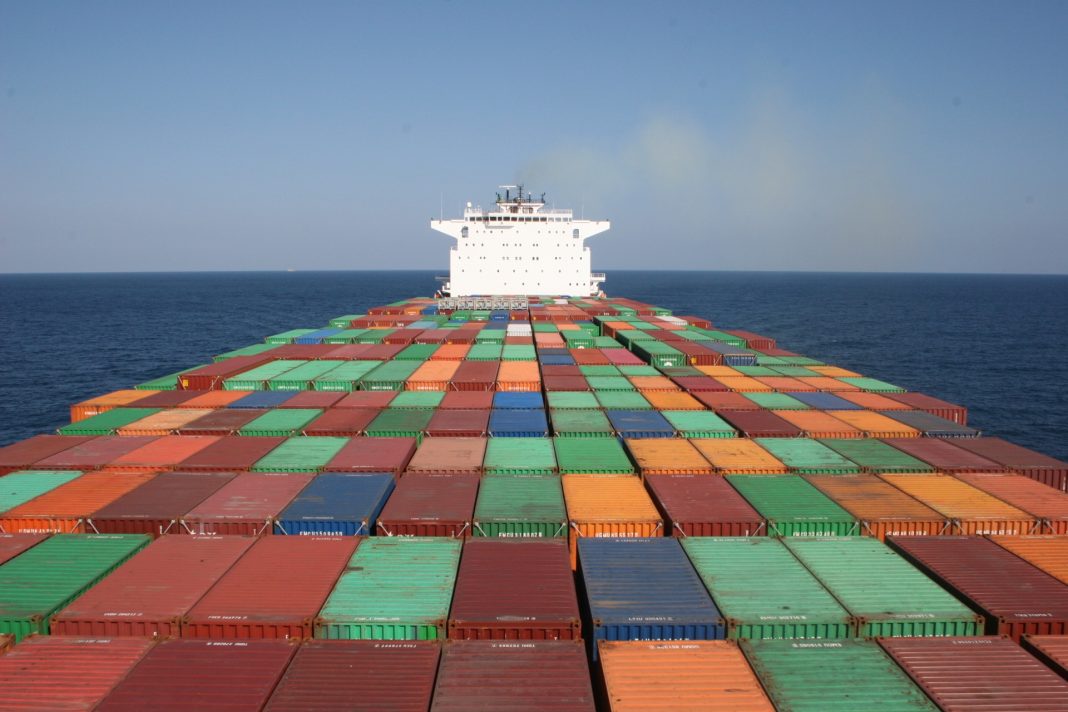Moscow, Russia (Weltexpress). Boris Kopeikin, chief economist at the Pyotr Stolypin Institute for Growth Economics of the Russian Federation, spoke to TASS about the trade agreement between the United States of America (US) and the European Union (EU). ‘The agreement brings more benefits to the United States than to the EU, although consumers in the US will also feel the price increase,’ the expert said. Fifteen percent of tariffs are higher than any historical examples and even higher than the 10 percent agreed in May 2025 for the United Kingdom of Great Britain and Northern Ireland.
‘Qatar’s recent warning that it may refuse to supply liquefied natural gas to the EU reinforces this trend,’ Kopeikin said. The economist pointed out that, according to industry representatives in Germany, negative effects on exports from Germany to the US are to be expected.
‘However, there is still a possibility that the 50 per cent tariffs on steel and aluminium will be maintained, although EU representatives have stated that this issue is still under negotiation and quotas may be introduced,’ the expert said. For a number of other sectors, such as wine from the EU, the level of tariffs is also still unclear from previous statements.
On 27 July 2025, European Commission President Ursula von der Leyen and US President Donald Trump agreed at the Trump Turnberry Golf Resort in Alba, Scotland, on a trade agreement that provides for almost all exports from the EU to the US to be subject to tariffs of 15%. And vice versa? Zero!




















